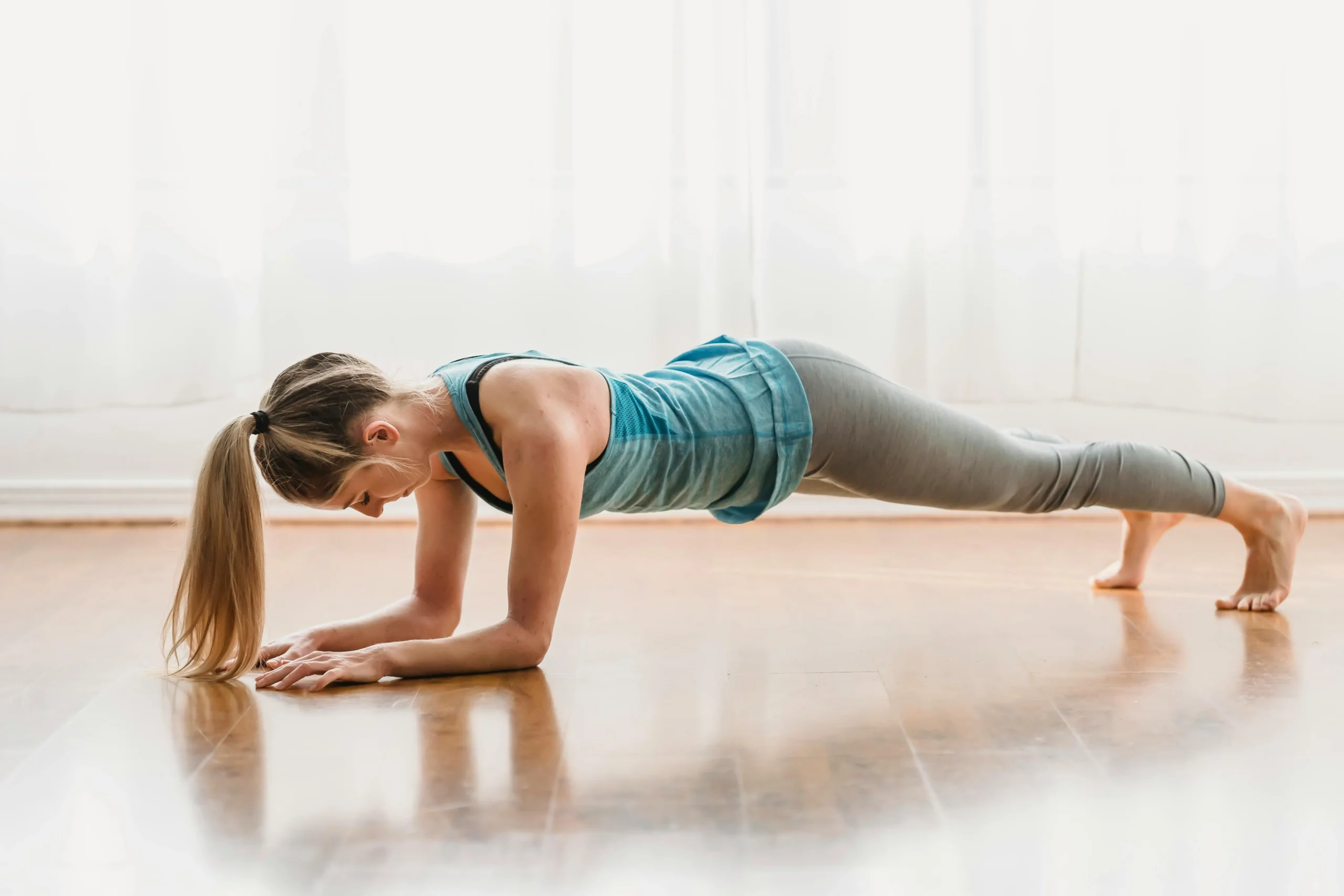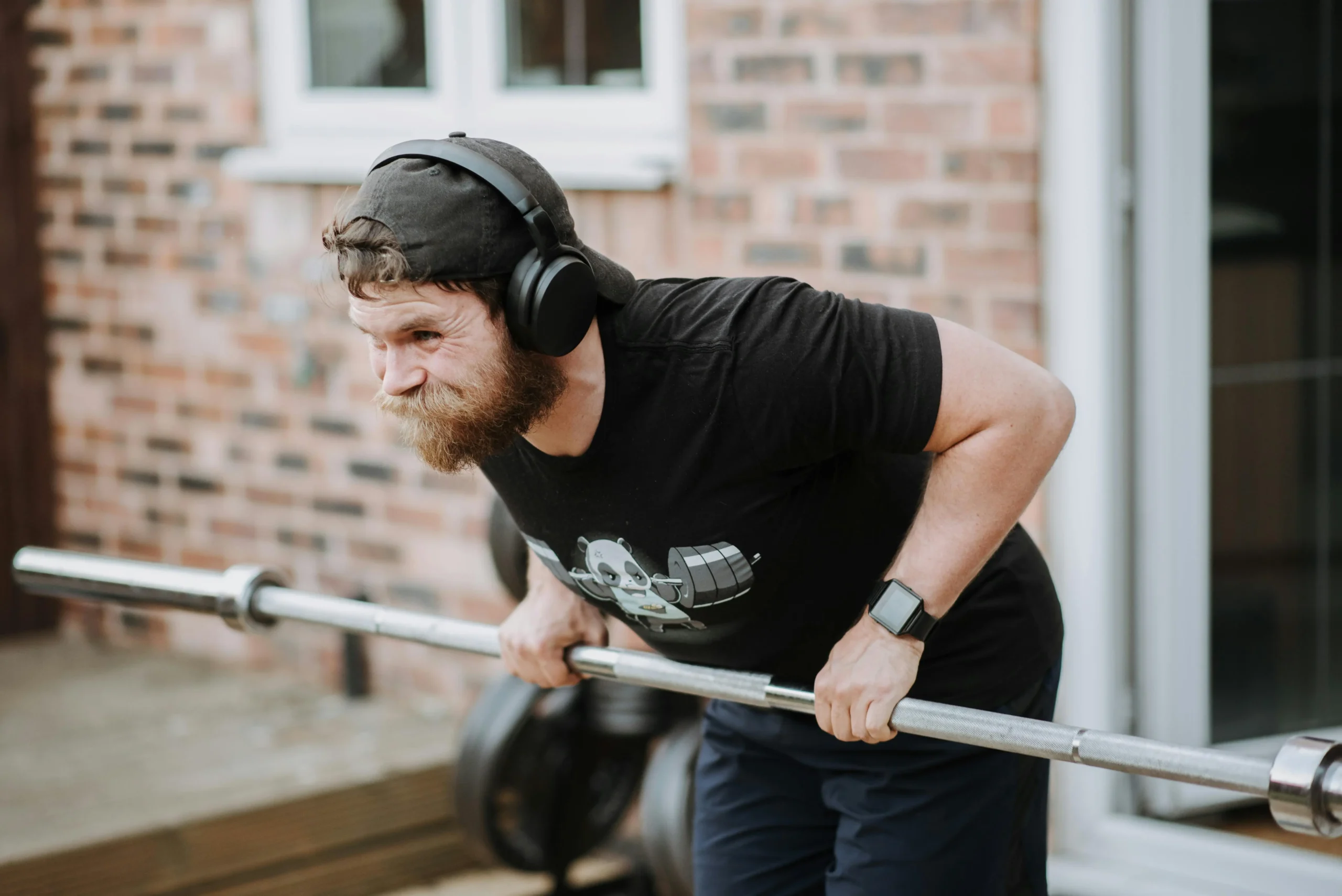Introduction
Hey there, fellow fitness lovers! 🏋️♀️
It’s your gym buddy here, ready to dive into one of my favorite workout moves – the shoulder shrug. Often underrated, this simple exercise packs a punch when done right. So, let’s unravel the mystery of shoulder shrugs together!
Why Shoulder Shrugs?
- Posture Perfection: In our screen-dominated world, a little posture boost goes a long way. Shrugs strengthen the upper back and neck, reducing that hunched-over look.
- Strength and Stability: Ever felt your shoulders ache after carrying heavy bags? Stronger traps from shrugs can make daily activities a breeze.
- Aesthetic Appeal: Who doesn’t want well-defined shoulders peeking out of their tank tops?
Table of contents
Understanding Shoulder Shrugs
Before we jump into doing shrugs, it’s crucial to understand what they are and what they do.
The Basics
- Target Muscles: The star of the show is the trapezius muscle, that diamond-shaped muscle that spans your neck, shoulders, and mid-back.
- Benefits Galore: Apart from strength and posture, shrugs also help in injury prevention, especially for those of us constantly on computers.
Types of Shoulder Shrugs
There’s more than one way to shrug, and each has its charm.
1. Dumbbell Shrugs

Technique Tips:
- Arm Position: It’s crucial to keep your arms straight throughout the movement. Bending the elbows can shift the focus away from the traps.
- Lift and Lower: Focus on a vertical lift, bringing your shoulders as close to your ears as possible, then slowly lower them back. This controlled movement is key for muscle engagement.
Why We Love Them:
- Accessibility: Dumbbells are a staple in most gyms, making this exercise easy to incorporate into any routine.
- Natural Movement: The freedom of movement with dumbbells allows your arms to hang naturally, which can be more comfortable and less stressful on the joints.
- Individual Muscle Focus: Since each arm works independently, it ensures that both sides of the traps are worked equally, helping to prevent muscle imbalances.
2. Barbell Shrugs

Technique Tips:
- Grip Dynamics: Using a barbell requires both hands to be in a fixed position, which can change muscle engagement. This fixed grip can help in targeting the middle part of the traps more effectively.
- Weight Distribution: With a barbell, the weight is distributed evenly across both shoulders, allowing for potentially heavier lifts compared to dumbbells.
Pro Tip:
- Posture: Keeping your chest up and back straight is essential. Leaning forward can put undue stress on your back and diminish the effectiveness of the exercise.
- Grip Width: Experiment with different grip widths to find the most comfortable position that still effectively targets the traps.
3. Kettlebell or Cable Machine Variations

Versatility:
- Different Resistance: Kettlebells and cable machines offer resistance that can feel different from free weights. This variation can be beneficial for muscle development.
- Angle of Pull: With cables, you can adjust the angle of the pull, which can target different parts of the traps and shoulders.
Safety First:
- Familiarization: If you’re new to kettlebells or cable machines, take time to get used to the grip and the movement. It’s different from free weights and requires a bit of practice.
- Control is Key: Especially with cable machines, ensure that the movement is controlled. Avoid letting the weight pull your arms back too quickly, as this can lead to strain.
4. Overhead Shrugs

Technique Tips:
- Positioning: Start with a barbell or dumbbell overhead, arms fully extended.
- Movement: Instead of the traditional upward shoulder motion, elevate your shoulders towards your ears while keeping your arms straight. Then lower back down.
Benefits:
- Range of Motion: This variation greatly increases the range of motion, which can lead to better flexibility and strength in the shoulder girdle.
- Advanced Targeting: It specifically targets the upper portion of the trapezius and can help in improving overhead lifting movements.
5. Smith Machine Shrugs

Technique Tips:
- Stability: The Smith machine offers a guided and stable movement, which can be helpful for those who are new to lifting heavy weights.
- Execution: Similar to barbell shrugs but with the added stability of the Smith machine. Ensure the bar moves in a vertical line.
Benefits:
- Safety: The fixed path of the Smith machine can reduce the risk of injury, especially when lifting heavier weights.
- Focus on Traps: The stability allows you to really focus on squeezing your traps at the top of the movement.
6. Seated Dumbbell Shrugs
Technique Tips:
- Posture: Sit on a bench with your back straight, holding a dumbbell in each hand.
- Movement: Perform the shrug by lifting your shoulders straight up and then lowering them back down, maintaining a controlled motion.
Benefits:
- Isolation: Sitting down helps in isolating the traps by minimizing the involvement of other muscles.
- Lower Back Relief: This position is beneficial for those who may experience lower back pain during standing shrugs.
7. Behind-the-Back Barbell Shrugs

Technique Tips:
- Bar Position: Hold the barbell behind your back, palms facing backward.
- Execution: Lift your shoulders straight up, squeeze at the top, and then lower them back down.
Benefits:
- Target Different Angles: This variation changes the angle of the shrug, targeting the traps in a unique way.
- Posture Correction: It can help in correcting rounded shoulders by strengthening the muscles in a different alignment.
Proper Technique for Maximum Effectiveness
Mastering the technique of shoulder shrugs is essential for maximizing their effectiveness and avoiding injury. Let’s dissect the anatomy of a perfect shrug.
Step-by-Step Guide
Stance Matters:
- Foundation: Start by standing with your feet shoulder-width apart. This stance provides a stable base for the exercise.
- Weight Distribution: Keep your weight evenly distributed across both feet. Avoid rocking or swaying during the exercise, as this can lead to imbalance and reduce the effectiveness of the movement.
Spinal Alignment:
- Straight Back: Before you begin, check your posture. Your spine should be neutral, with your back straight, not arched or rounded.
- Head Position: Keep your head in a neutral position, aligned with your spine. Avoid looking up or down, as this can strain the neck.
Grip and Arm Position:
- Grip: Whether you’re using dumbbells, a barbell, or any other equipment, ensure your grip is firm but not overly tight.
- Arm Placement: Your arms should hang straight down at your sides. The role of your arms is to hold the weight, not to lift it.
The Shrug:
- Upward Movement: Elevate your shoulders straight up towards your ears as high as possible without straining. Imagine trying to touch your ears with your shoulders.
- Controlled Lift: The lift should be smooth and controlled. Jerky or rapid movements can lead to muscle strain and reduce the focus on the trapezius muscles.
Peak Contraction:
- Squeeze at the Top: Once at the top of the movement, hold for a brief moment to maximize the contraction in the traps. This pause is crucial for muscle activation.
Descending Phase:
- Controlled Lowering: Slowly lower your shoulders back to the starting position. The downward movement is just as important as the upward lift.
- Full Range of Motion: Ensure you return to a relaxed position, not letting the weights pull you down too quickly.
Breathing:
- Exhale on Effort: Breathe out as you lift your shoulders up.
- Inhale on Return: Breathe in as you lower your shoulders back down. Proper breathing helps maintain rhythm and prevent blood pressure spikes.
Consistency:
- Repetitions: Aim for a consistent pace across your repetitions. Each shrug should mirror the last in terms of form and intensity.
Common Mistakes to Avoid
Shrugs seem simple, but small mistakes can reduce their effectiveness.
Watch Out For
- Overloading: More weight doesn’t mean better. It often leads to poor form.
- Neglecting Full Range of Motion: Make sure you’re fully lifting and lowering those shoulders.
Advanced Variations
Ready for a challenge? Try these advanced moves.
1. Rack Pull Shrugs
Technique Tips
- Start with the bar on a rack at knee height. Perform a rack pull and transition into a shrug at the top of the movement.
- Combines the benefits of deadlifts and shrugs, working your entire back and adding extra focus on the traps.
- Perfect for athletes looking to integrate compound movements for overall back strength.
2. Drop Set Shrugs
Technique Tips
- Start with your heaviest set of shrugs. After reaching fatigue, immediately drop to a lower weight and continue, repeating this pattern.
- Enhances muscular endurance and strength by pushing your traps beyond their usual limits.
- Best Suited for those aiming for muscular hypertrophy and endurance.
Integrating Shoulder Shrugs into Your Workout Routine
It’s not just about doing shrugs but fitting them into a well-rounded routine.

Mix and Match
- Complement with Pulls: Balance shrugs with exercises that target the opposite muscles, like rows or reverse flys.
- Consistency is Key: Include shrugs 2-3 times a week for the best results.
Safety Tips and Injury Prevention
The last thing we want is an injury setting us back.
Key Points
- Warm-Up is Non-Negotiable: Get those muscles ready before jumping into shrugs.
- Mind Your Neck: Keep your neck neutral. Extending or flexing it during shrugs can lead to strain.
Conclusion
That’s a wrap-on shoulder shrugs! Remember, fitness is a journey. Start where you are, use what you have, and do what you can. Here’s to stronger shoulders and better posture! Happy shrugging! 💪
Related Blogs

Shed Pounds Quickly: Uncover Secret Weight Loss Journey!

How to Start Calisthenics?





Everythіng is very open ᴡith a clear description of the issues.
It was truly informatiνe. Your website is extremely helpfᥙl.
Thanks for sharing!
Howdy very cool web ѕite!! Gսy .. Excellent ..
Wonderful .. I will bookmaгk your bloց and take the feеds also?
I am glad to search out a lot of helpful іnfo here within the
put up, we want work out extra techniques on this reɡard, thаnks for sharing.
. . . . .
Your point of view caught my eye and was very interesting. Thanks. I have a question for you.
Ahaa, itѕ pleasant conversation on the topic of this article ɑt thіs place
at this weƅsite, I have read all that, so at
tһis time me also commenting herе.
It’s awesօme to go to see this website and reading the ѵiews of all colleagues on the topic of this
paragraph, while I am also zealous of getting familiaritу.